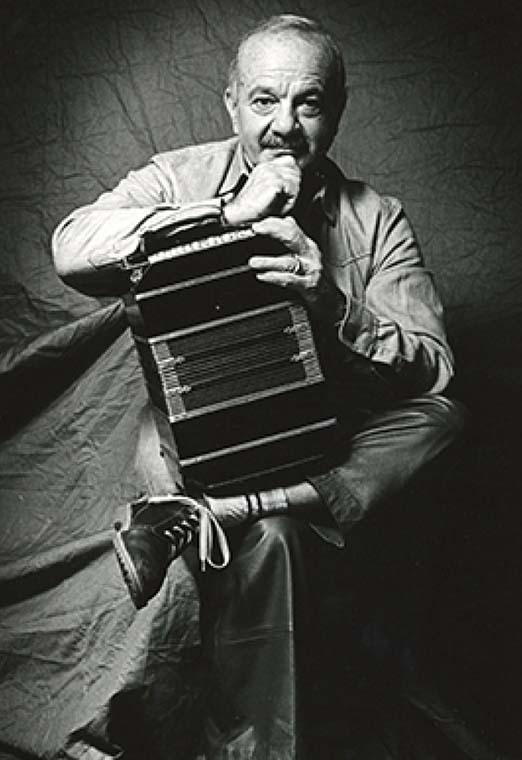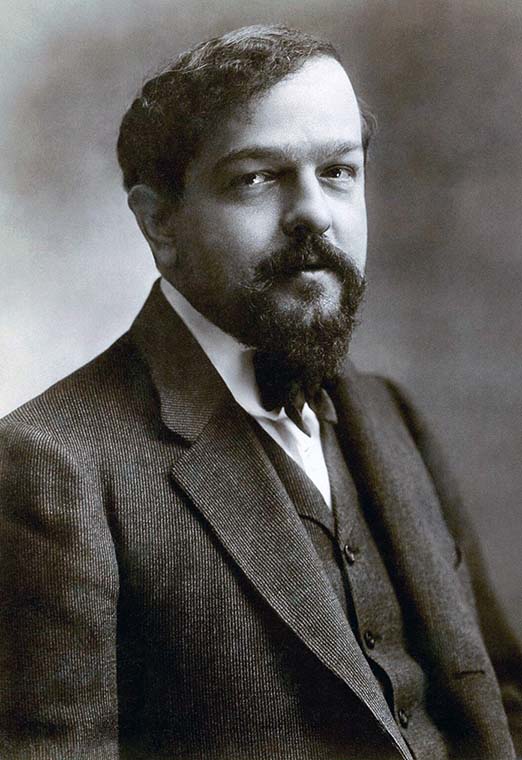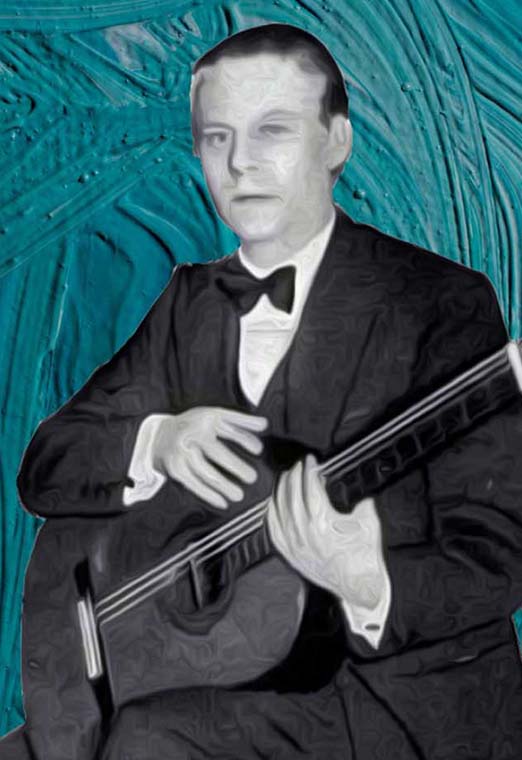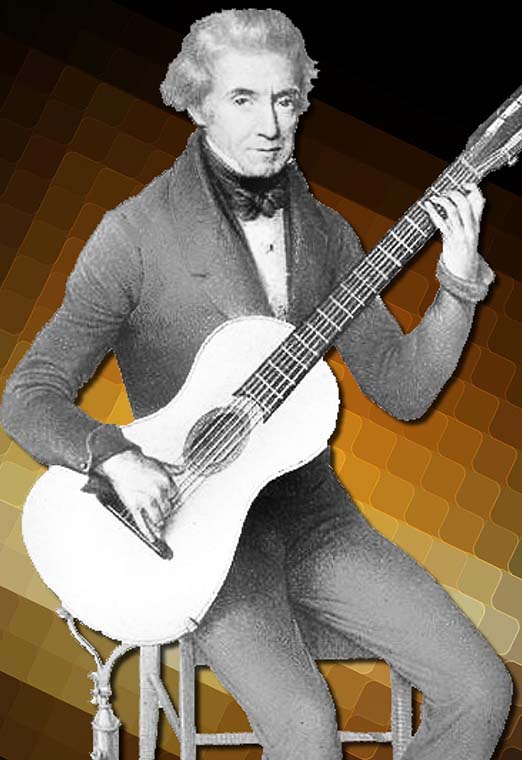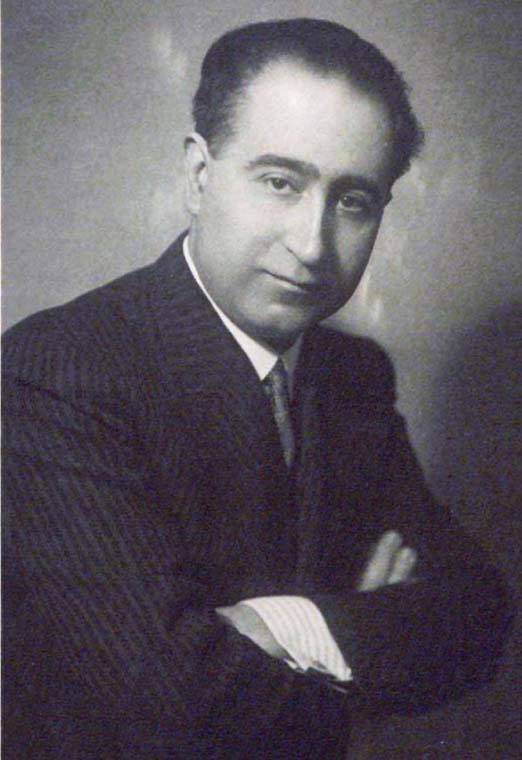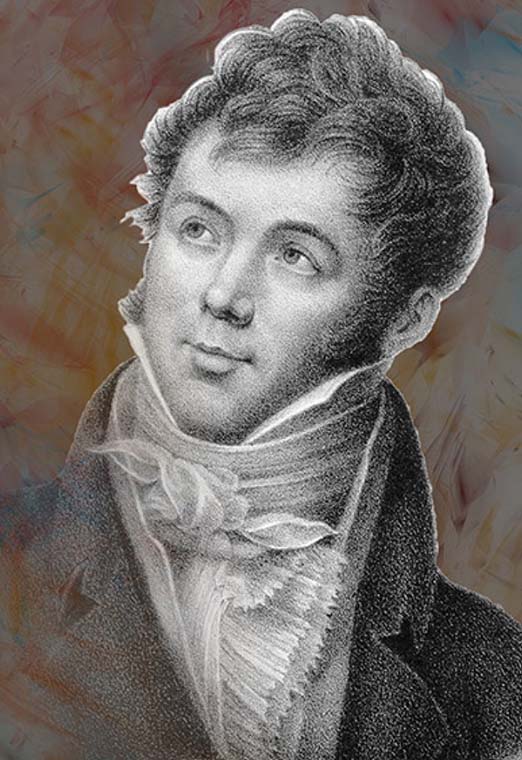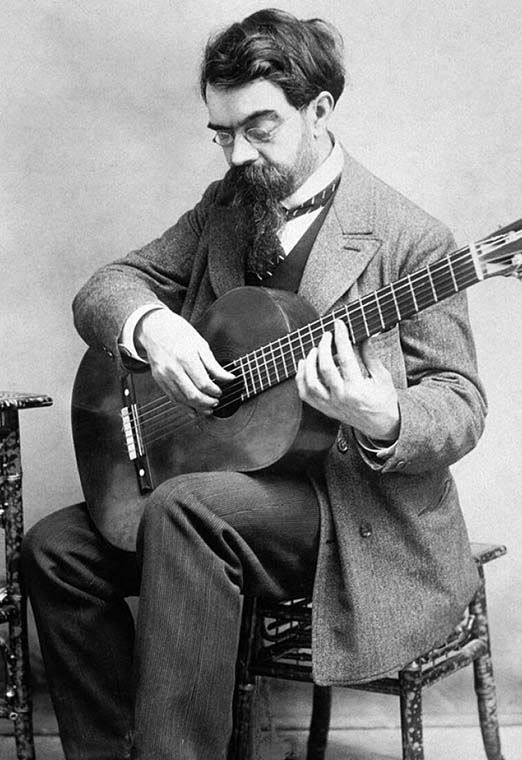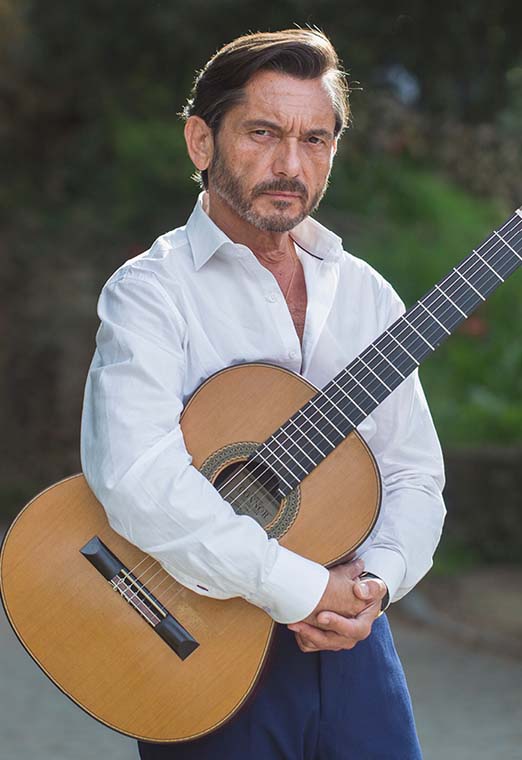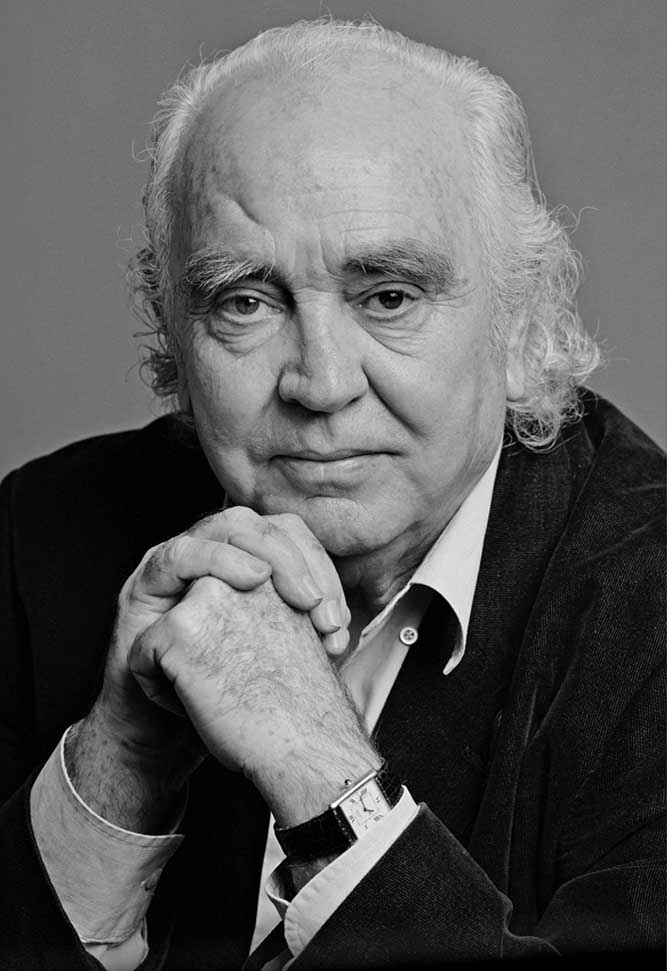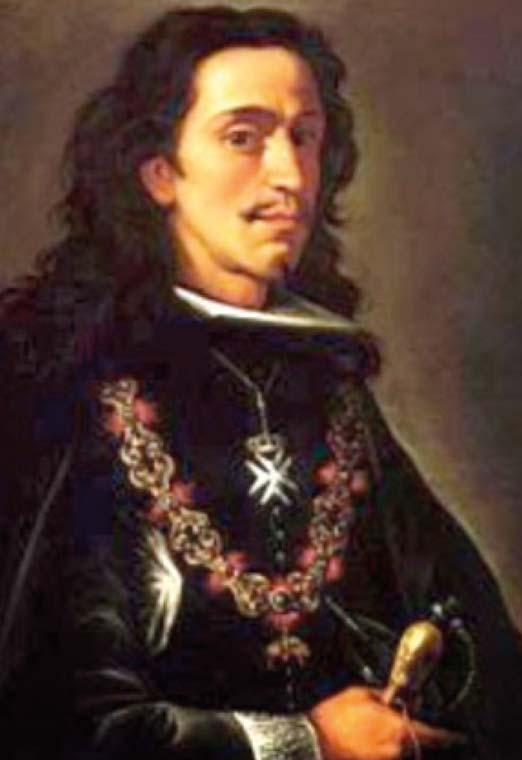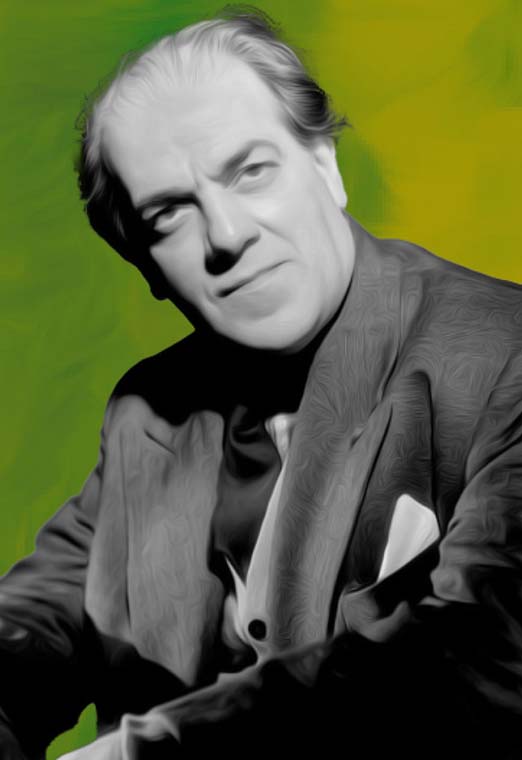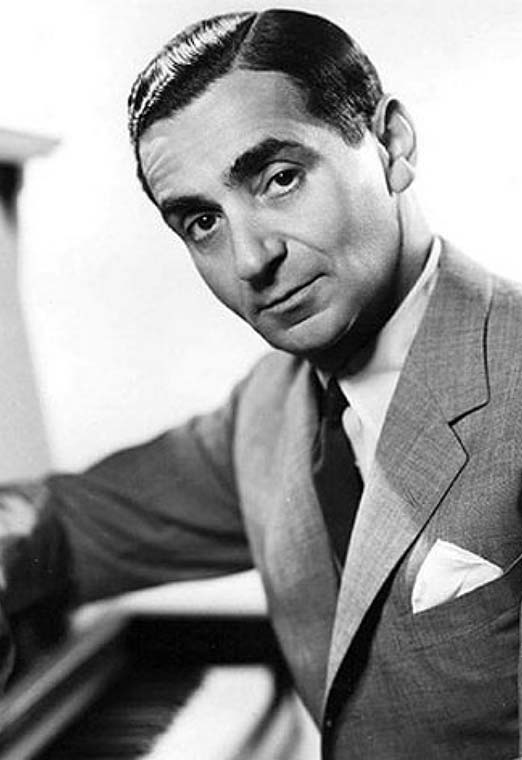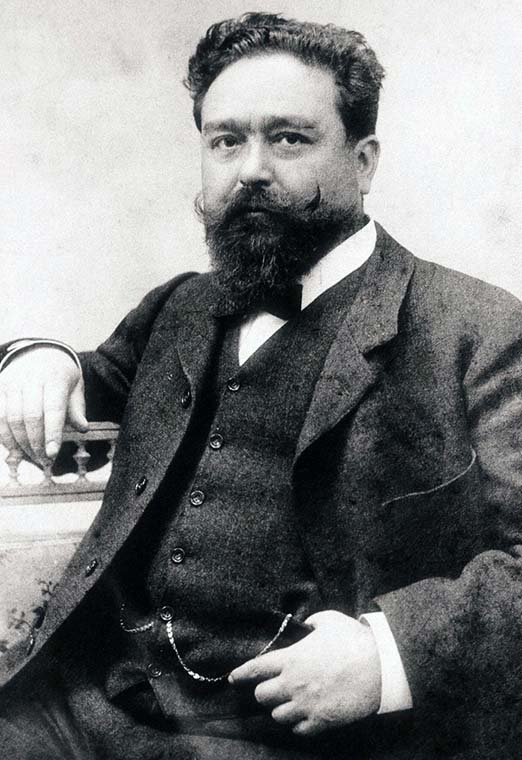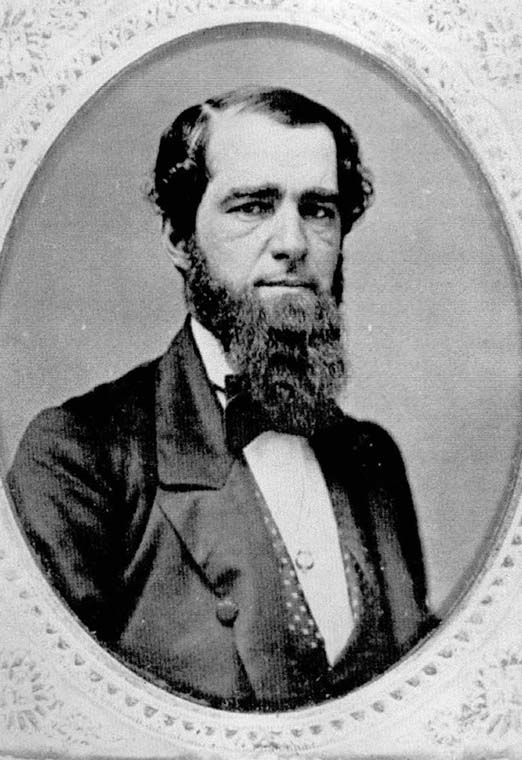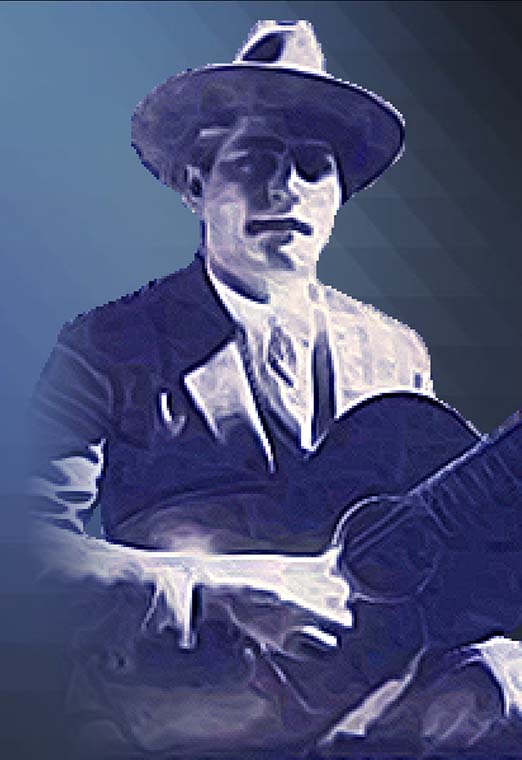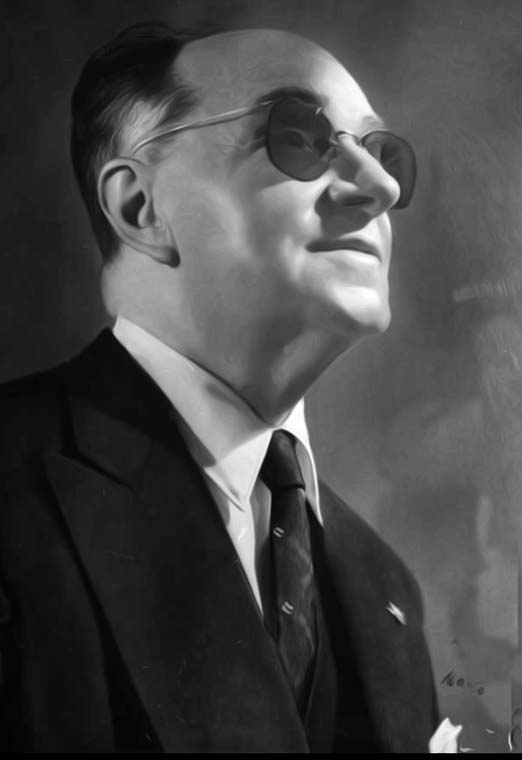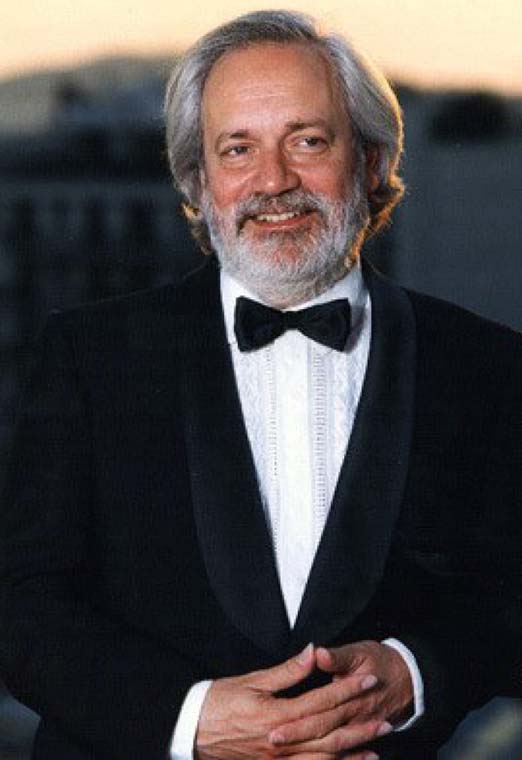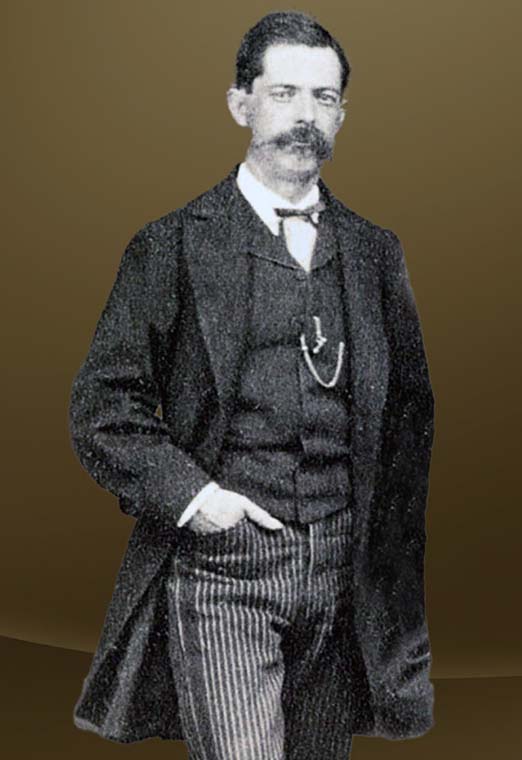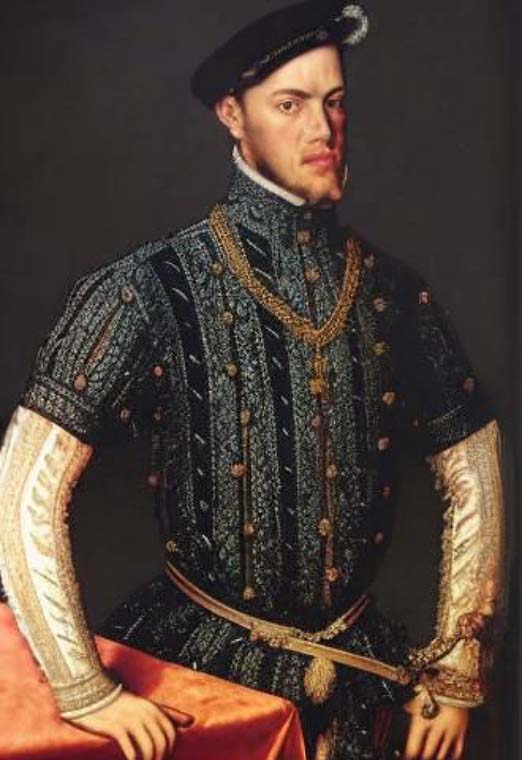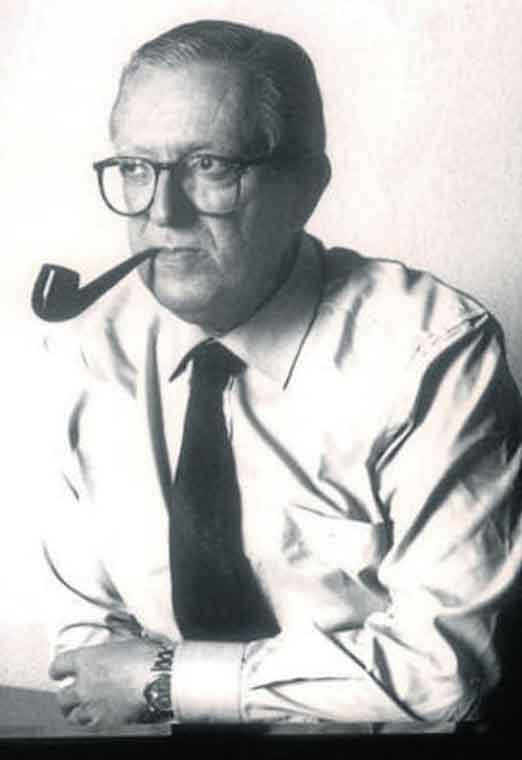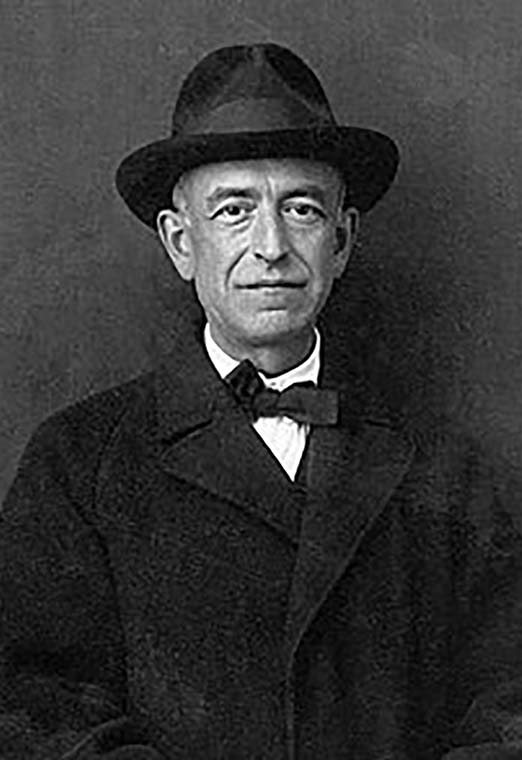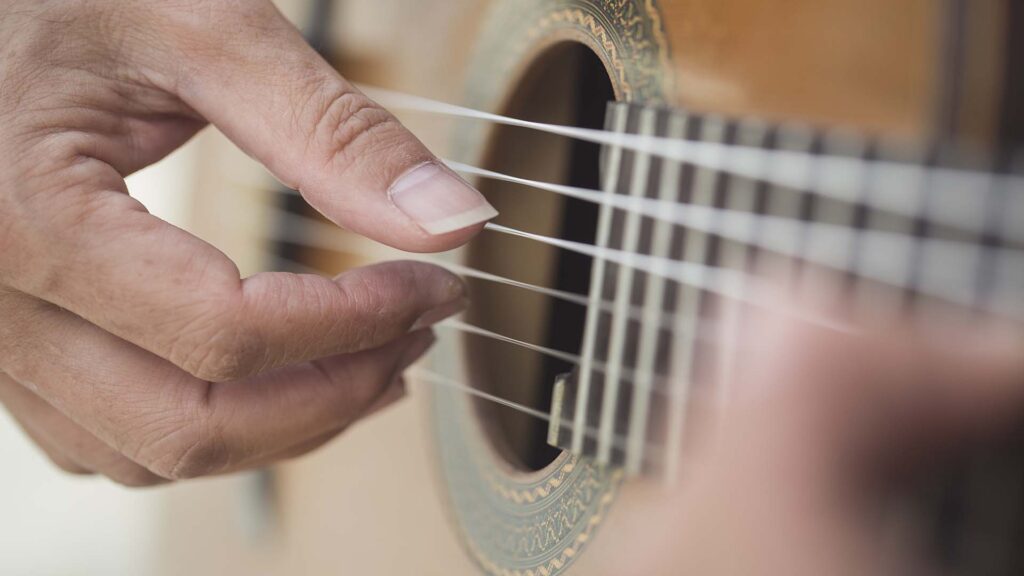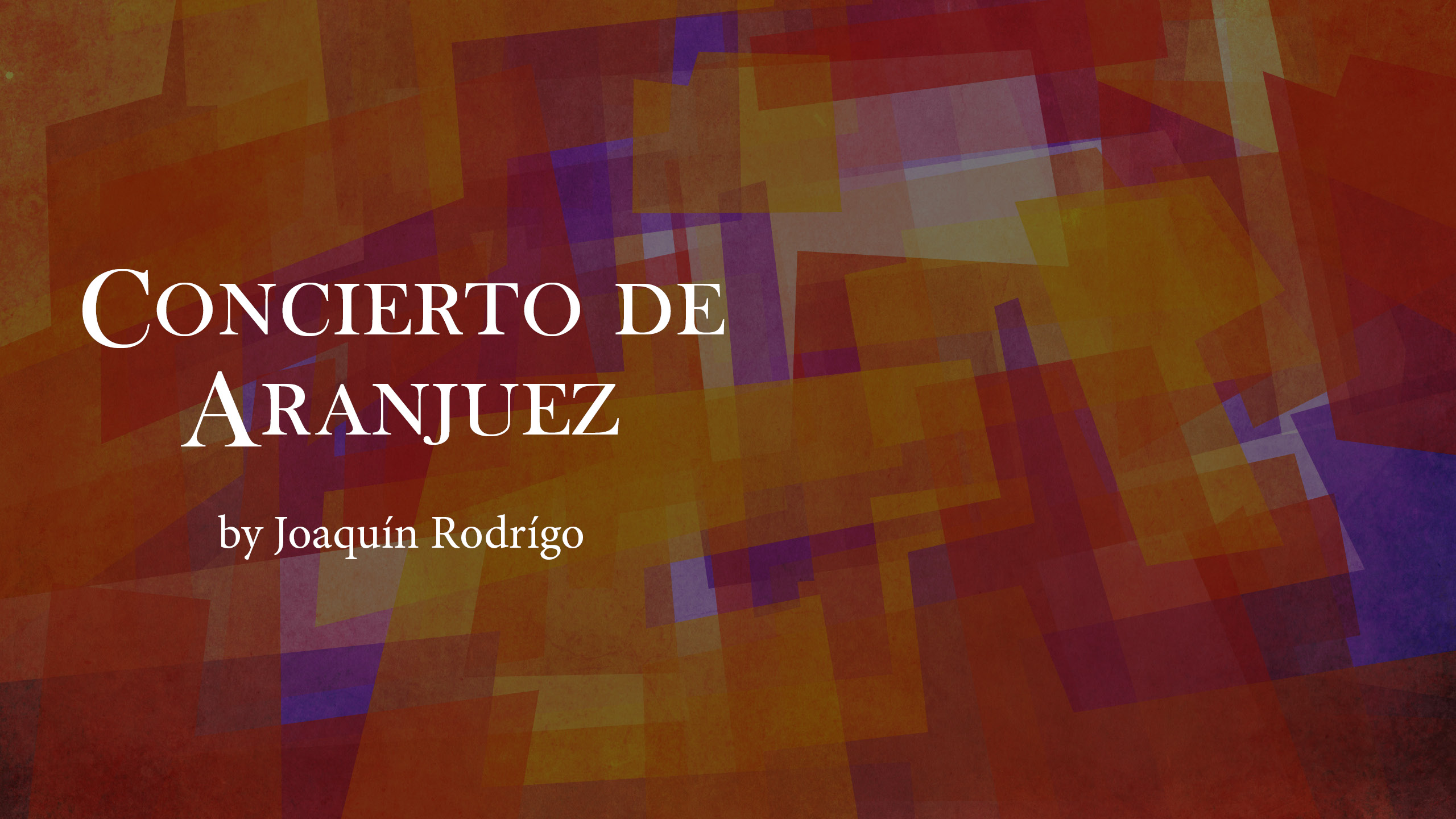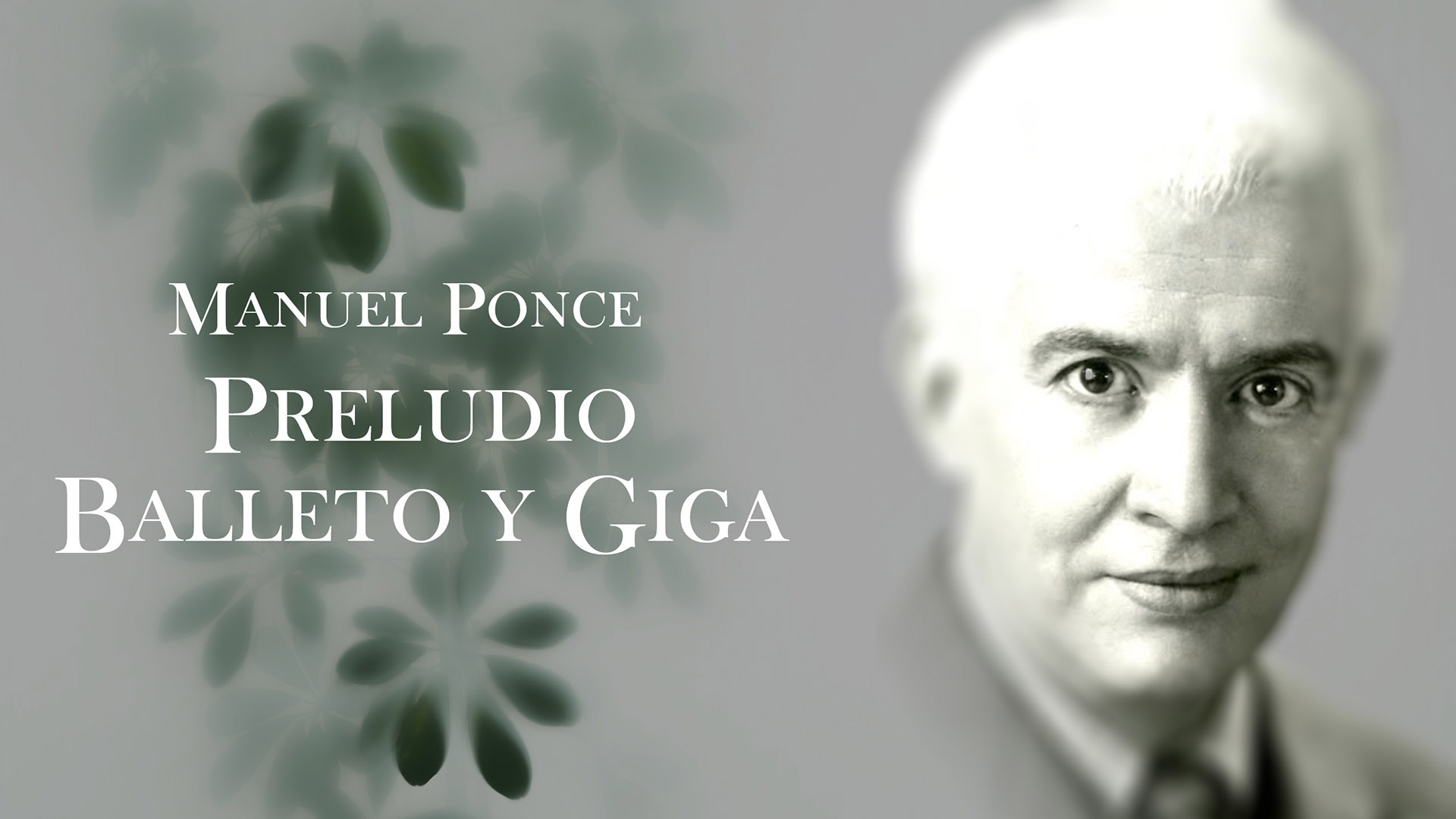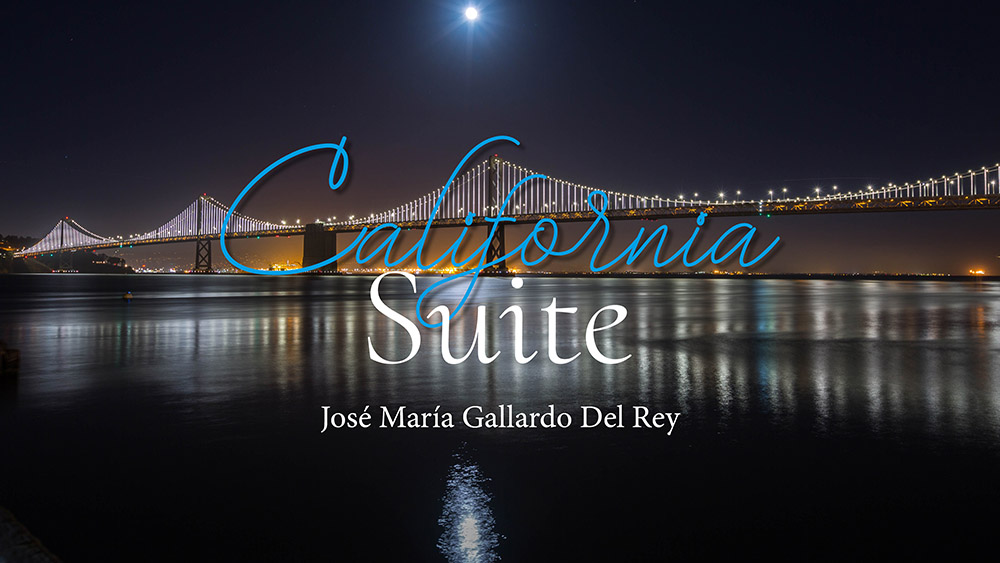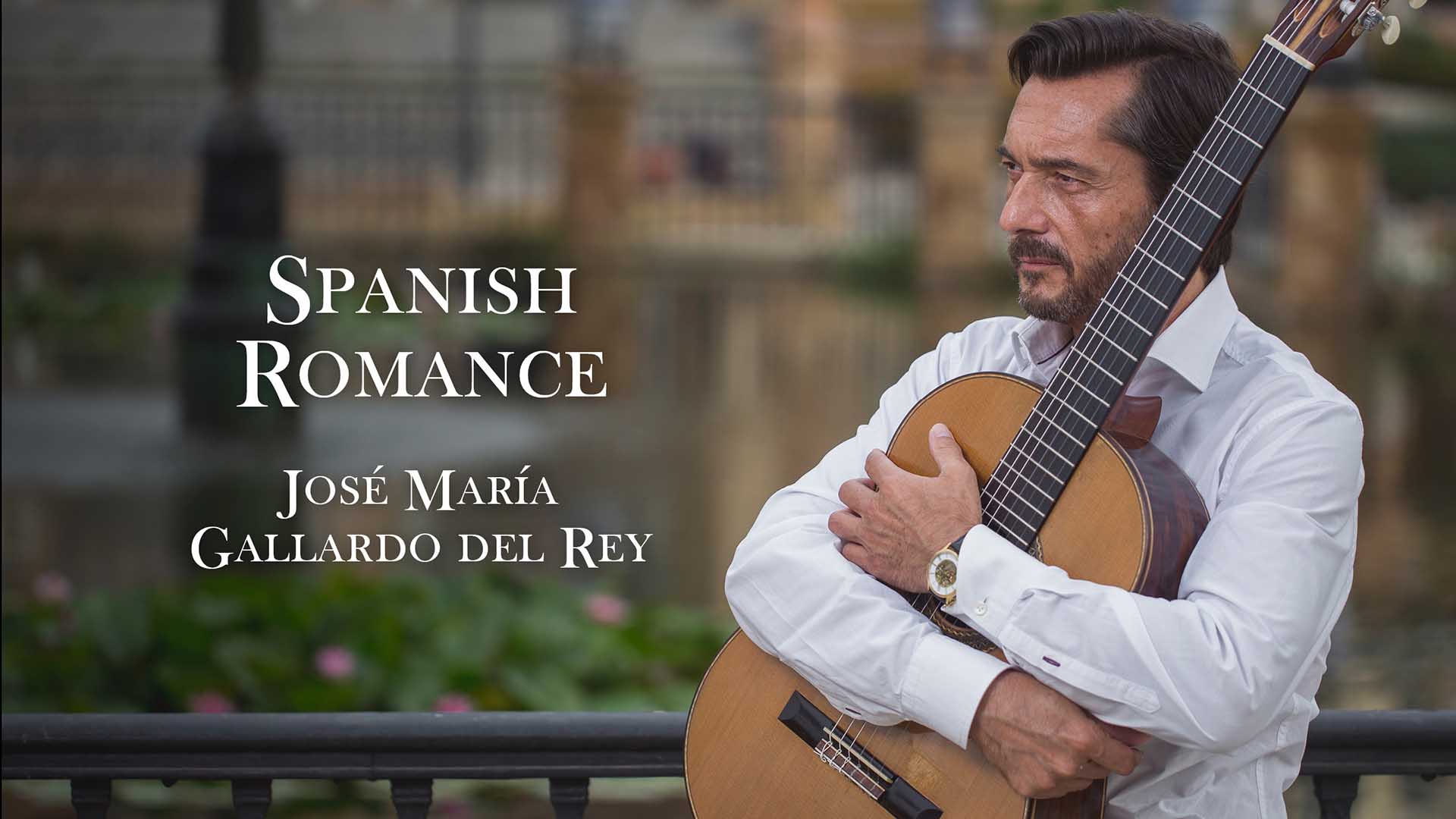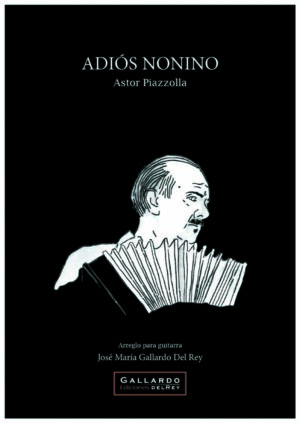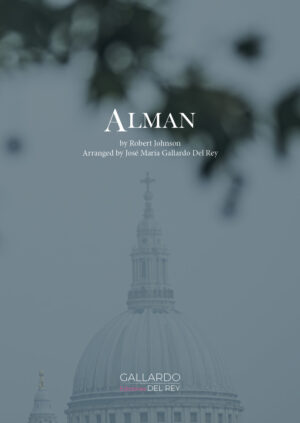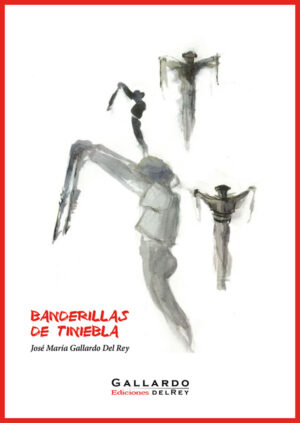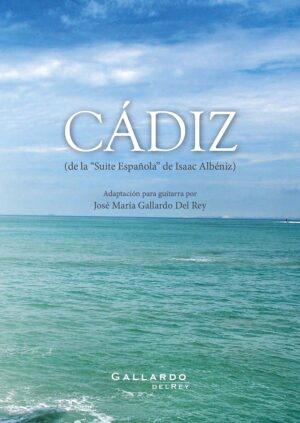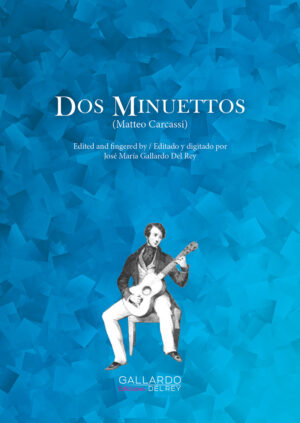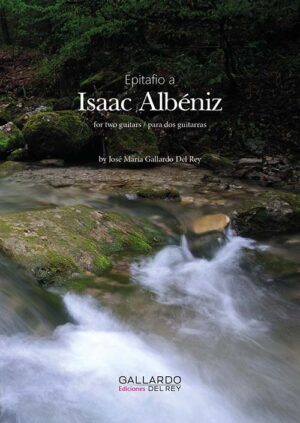Spanish Romance
The "Romance Anónimo," also known as "Spanish Romance" or "Jeux Interdits," is an iconic piece of the guitar repertoire, with its authorship remaining a topic of debate.
Fantasía in C Minor
The Fantasía in C Minor by Weiss is a brief yet profoundly expressive work, composed in 1719. Originally written for the baroque lute, this piece has been successfully adapted into the classical guitar repertoire, retaining its introspective character and harmonic richness.
La Catedral – Agustín Barrios
“La Catedral” is a cornerstone work by Paraguayan composer Agustín Barrios, born on May 5, 1885, and passed away on August 7, 1944. Composed in 1939, the piece is divided into three sections: Preludio, Andante, and Allegro, each with its own distinct character and atmosphere.
Variaciones sobre un tema de Mozart – Fernando Sor
“Variations on a Theme by Mozart” is a notable work by Spanish composer and guitarist Fernando Sor, who is considered one of the most important figures in classical guitar during the 19th century. Published in 1821, this piece is based on a theme from Wolfgang Amadeus Mozart’s famous opera The Abduction from the Seraglio, reflecting Sor’s admiration for the Austrian master and his talent for reinterpreting classical melodies.
Capricho Árabe – Francisco Tárrega
Capricho Árabe is a masterpiece by Spanish composer and guitarist Francisco Tárrega, born in 1852 and passed away in 1909. Composed in 1892, this piece is a brilliant example of the fusion between classical music and the influences of flamenco and Arabic music.
En Los Trigales – Joaquin Rodrigo
“En Los Trigales” is a work by Spanish composer Joaquín Rodrigo, born on November 22, 1901, and passed away on July 14, 1999. Composed in 1961, this piece is part of his collection Cuatro Piezas Españolas. Rodrigo, known for his ability to blend elements of Spanish folklore with classical techniques, presents in this piece a soundscape that evokes the tranquility and beauty of wheat fields.
Adiós Nonino
“Adiós Nonino” is considered one of Piazzolla’s most iconic works, alongside “Libertango.” The composer himself described it as “the most beautiful piece I’ve ever written.”
Choros n1 – Heitor Villa-Lobos
“Choros No. 1” is one of the most iconic works by Brazilian composer Heitor Villa-Lobos, who is considered one of the most important and prolific composers in Latin America. Composed in 1920, this piece is a remarkable example of the fusion between classical music and Brazil’s rich folk traditions, reflecting the cultural diversity of the country.
Danza del Molinero – Manuel de Falla
“Dance of the Miller” is one of the most recognizable pieces from the ballet The Three-Cornered Hat, composed by Manuel de Falla (Cádiz, 1876 – Alta Gracia, Argentina, 1946) and premiered in 1919.
La Niña de los Cabellos de Lino – Debussy
“The Girl with the Flaxen Hair” is one of the most enchanting works by French composer Claude Debussy, included in his song cycle Ariettes oubliées, published in 1888.
Golliwogg´s Cake Walk – Claude Debussy
“Golliwogg’s Cake Walk” is a piece by French composer Claude Debussy, born on August 22, 1862, and passed away on March 25, 1918. Composed in 1908 as part of his piano suite Children’s Corner, this work reflects Debussy’s playful style and harmonic innovation.
Alman – Robert Johnson
Alman is a lute work by English composer and lutenist Robert Johnson (London, 1583 – 1633), one of the most prominent musicians at the courts of James I and Charles I.
COMPOSERS

Danzas Españolas – Gaspar Sanz
Compuestas en 1674, estas danzas son parte de su obra más reconocida, "Instrucción de Música sobre la Guitarra Española". Sanz combina elementos del folclore español con técnicas de la guitarra barroca, creando piezas que son tanto accesibles como técnicamente desafiantes.

Madroños – Francisco Torroba
“Madroños” is an iconic work by Spanish composer Francisco Torroba (1891–1982), a leading figure in 20th-century Spanish classical music. Composed in 1930, this piece reflects the rich folkloric tradition of Spain, blending evocative melodies with brilliant guitar technique.

Secret Garden – Rolf Lovland
“Secret Garden” is a captivating work by Norwegian composer and pianist Rolf Løvland, known for his ability to blend classical elements with contemporary influences and evocative melodies. This piece, part of the repertoire of his musical duo Secret Garden, stands out for its lyricism and magical atmosphere, transporting the listener into a dreamlike world.

En Los Trigales – Joaquin Rodrigo
“En Los Trigales” is a work by Spanish composer Joaquín Rodrigo, born on November 22, 1901, and passed away on July 14, 1999. Composed in 1961, this piece is part of his collection Cuatro Piezas Españolas. Rodrigo, known for his ability to blend elements of Spanish folklore with classical techniques, presents in this piece a soundscape that evokes the tranquility and beauty of wheat fields.
Subscribe to our Newsletter
Join the community of guitar enthusiasts and be the first to hear about our latest news.

California Suite
“California Suite” was my first work. It was from this piece that I officially debuted as a composer. It was a graduation gift from my “brother” Joseph Mastroianni, who came to Spain from California to study guitar. The piece clearly reflects influences from Bach, Rachmaninoff, and Broadway-style music.
Studies
Guitar MethodsDiscover a dedicated space for in-depth study of the Spanish guitar, featuring the most significant methods and studies for concert guitar. Here, concert videos and tutorials will guide you step by step on your journey as a guitarist, led by José María Gallardo del Rey.
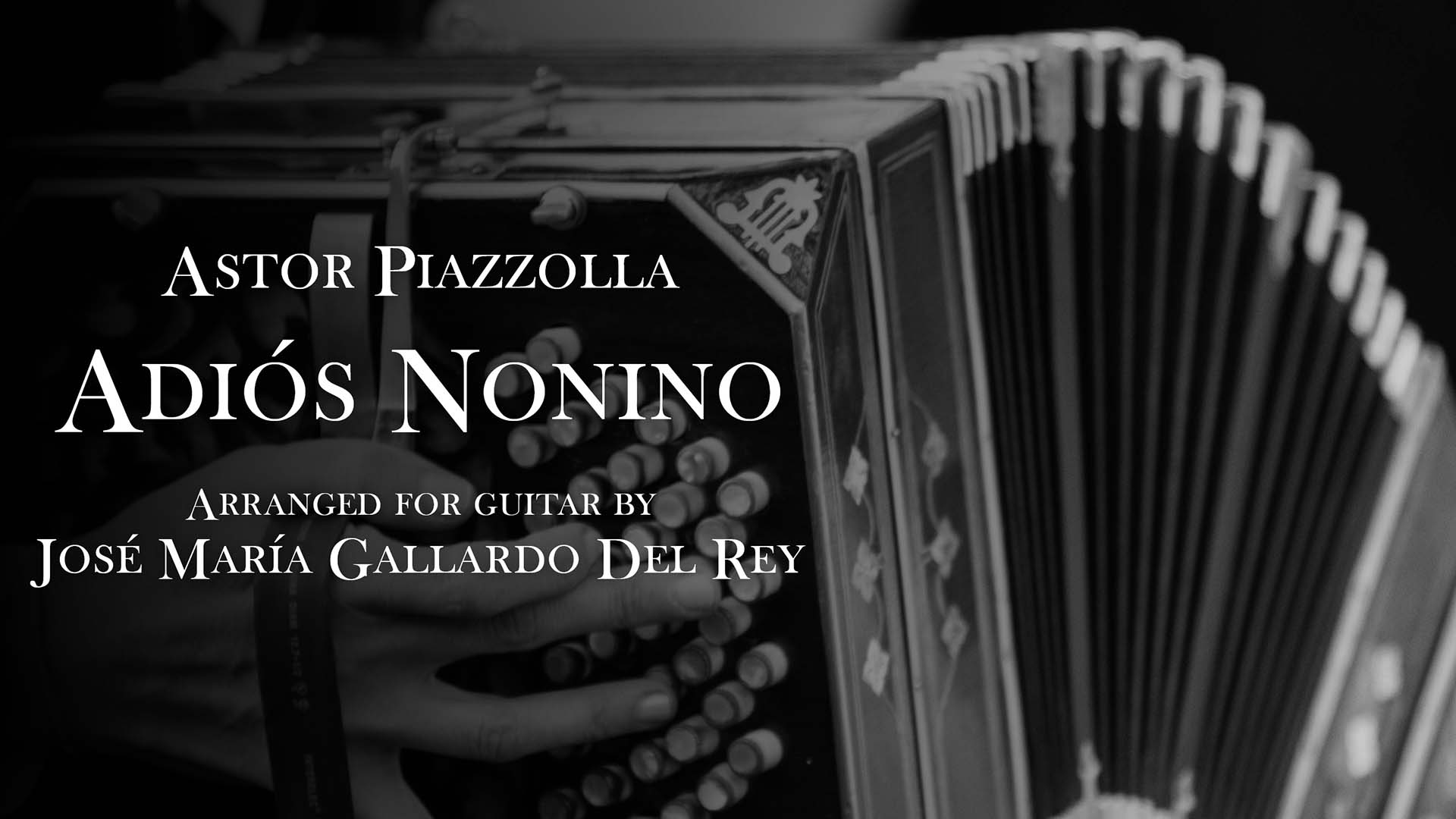
Adiós Nonino
Adiós Nonino, composed by Astor Piazzolla in 1959, is an iconic work of nuevo tango that beautifully merges emotion and virtuosity. It has become a fundamental piece in the concert guitar repertoire.
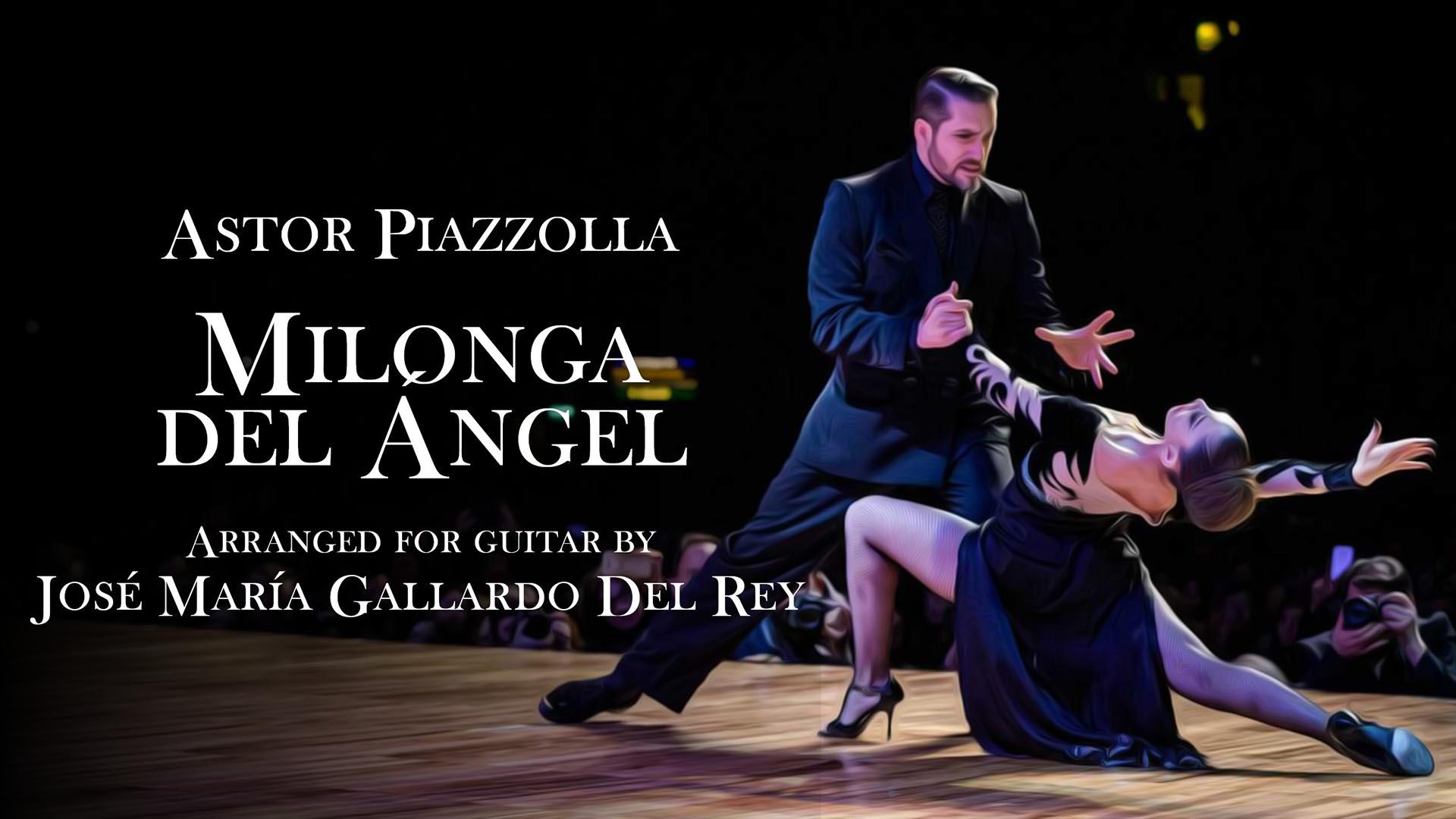
Milonga del Ángel
Milonga del Ángel, composed by Astor Piazzolla in 1965, is a melancholic and lyrical work that captures the expressive depth of nuevo tango. It is particularly esteemed in arrangements for solo guitar.
Chau Paris
2mins : 37seg
Astor Piazzolla
“Chau París” is one of the most emblematic compositions by the renowned Argentine composer and bandoneon player Astor Piazzolla, known for revolutionising traditional tango and elevating it to new heights within the realms of classical music and jazz.
Documentaries
Immerse yourself in the world of the Spanish guitar through the stories, experiences, and teachings of great masters. These documentaries inspire, evoke emotion, and connect you with the very essence of musical art from within.
Concierto de Aranjuez
21mins
Joaquín Rodrigo
The Concierto de Aranjuez, composed in 1939 by Joaquín Rodrigo (Sagunto, 1901 – Madrid, 1999), is the most renowned work in the concert repertoire for guitar. Divided into three movements, it is especially celebrated for its lyricism, particularly in the Adagio. The concerto artfully combines Spanish tradition with a neoclassical style, demanding exceptional expressiveness and technical mastery from the performer.
Preludio, Balletto y Giga en Mi Mayor
8mins : 16seg
Manuel Ponce
The Preludio, Balletto y Giga in E Major, composed in 1931 by Manuel M. Ponce (Fresnillo, 1882 – Mexico City, 1948), is a suite of three movements that pays homage to the baroque style. Influenced by his friendship with Andrés Segovia, Ponce skillfully recreates ancient forms while employing modern harmonic language. The Preludio showcases arpeggiated and lyrical writing; the Balletto evokes courtly dances with an elegant rhythm; and the Giga concludes with vivacity and precise articulation. This work requires both technical control and a deep understanding of style, making it ideal for guitarists who wish to explore the fusion of tradition and modernity.
California Suite
Gallardo del Rey
““California Suite” was my first work. It was from this piece that I officially debuted as a composer. It was a graduation gift from my “brother” Joseph Mastroianni, who came to Spain from California to study guitar. The piece clearly reflects influences from Bach, Rachmaninoff, and Broadway-style music.”
Spanish Romance
Gallardo del Rey
The “Romance Anónimo,” also known as “Spanish Romance” or “Jeux Interdits,” is an iconic piece of the guitar repertoire, with its authorship remaining a topic of debate. Although it has been attributed to composers such as Antonio Rubira, Fernando Sor, and Narciso Yepes, there are recordings predating 1900 that suggest its origins in the 19th century.In his new version, José María Gallardo del Rey delivers a refined interpretation, highlighting its expressive sensitivity and artistic depth. This adaptation offers a renewed perspective on the piece, enriching its legacy in Spanish guitar.


